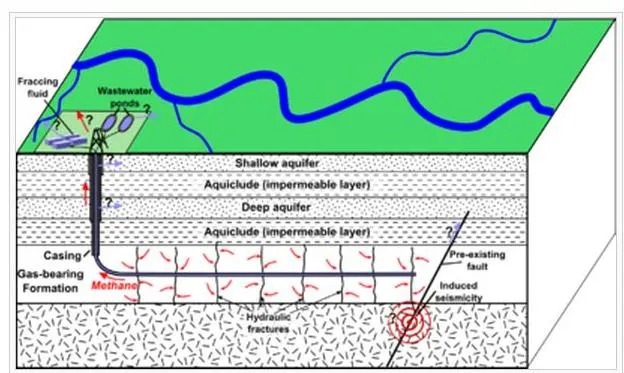
Fracking faces uncertain future in China
China is resorting to “fracking” to sate its enormous demand for oil but this controversial technology might prove insufficient.
Fracking or hydraulic fracturing is used to extract cleaner-burning natural gas from underground reservoirs. It uses pressurized water and chemicals to fracture soft shale rock deep underground and pump out natural gas trapped inside.
China is developing pollution-free power sources like wind and solar, but they're still likely to provide only 15% of China’s energy by 2020.
"That is not enough. Another way is to develop more natural gas and shale gas,” said Yang Fuqiang, an adviser at the Natural Resources Defense Council in Beijing.
On the other hand, China has huge untapped shale gas reserves it hopes can serve as a bridge between coal and renewable energy sources. The country has already drilled several dozen trial fracking wells. Last March, state-owned PetroChina signed its first production fracking agreement with Royal Dutch Shell. China.
Fracking faces an uncertain future in China, however.
.
"There is no guarantee that the technology will be suitable for China," said Tao Wang, a scholar at Beijing's Carnegie-Tsinghua Center for Global Policy.
Much of the shale in China may be difficult to fracture. The pockets also tend to be located under remote and rugged terrain. Because of these reasons, China’s enthusiasm for fracking is ebbing.
The biggest drawback is that fracking requires huge amounts of water, which is running short in China. Energy analysts believe China's water problems are worsening. Fracking would have to compete for the ever-scarcer supplies with industry, agriculture and growing cities.
China gets some 75% of its power from coal, one of the dirtiest fuels. It's the main reason many of China's cities are choked with smog, and why the country is now the world's biggest greenhouse gas polluter.
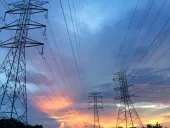

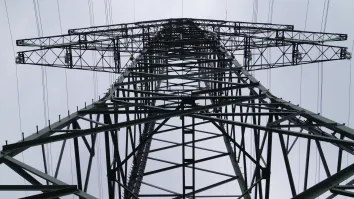
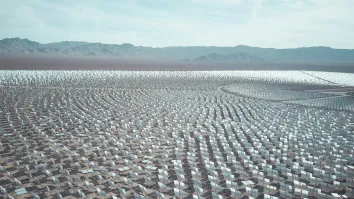

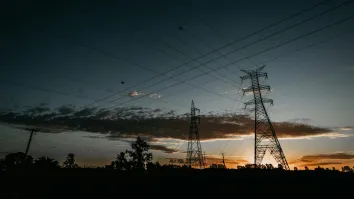

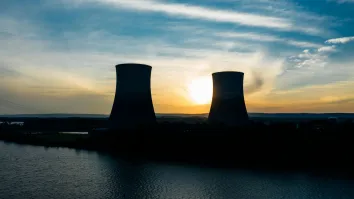











 Advertise
Advertise







